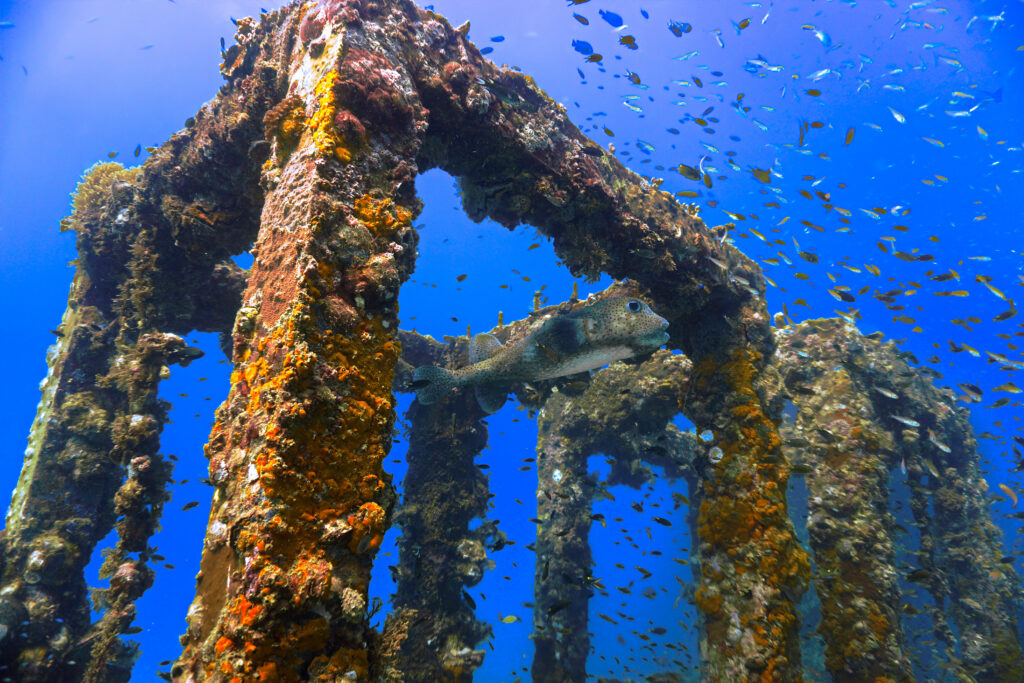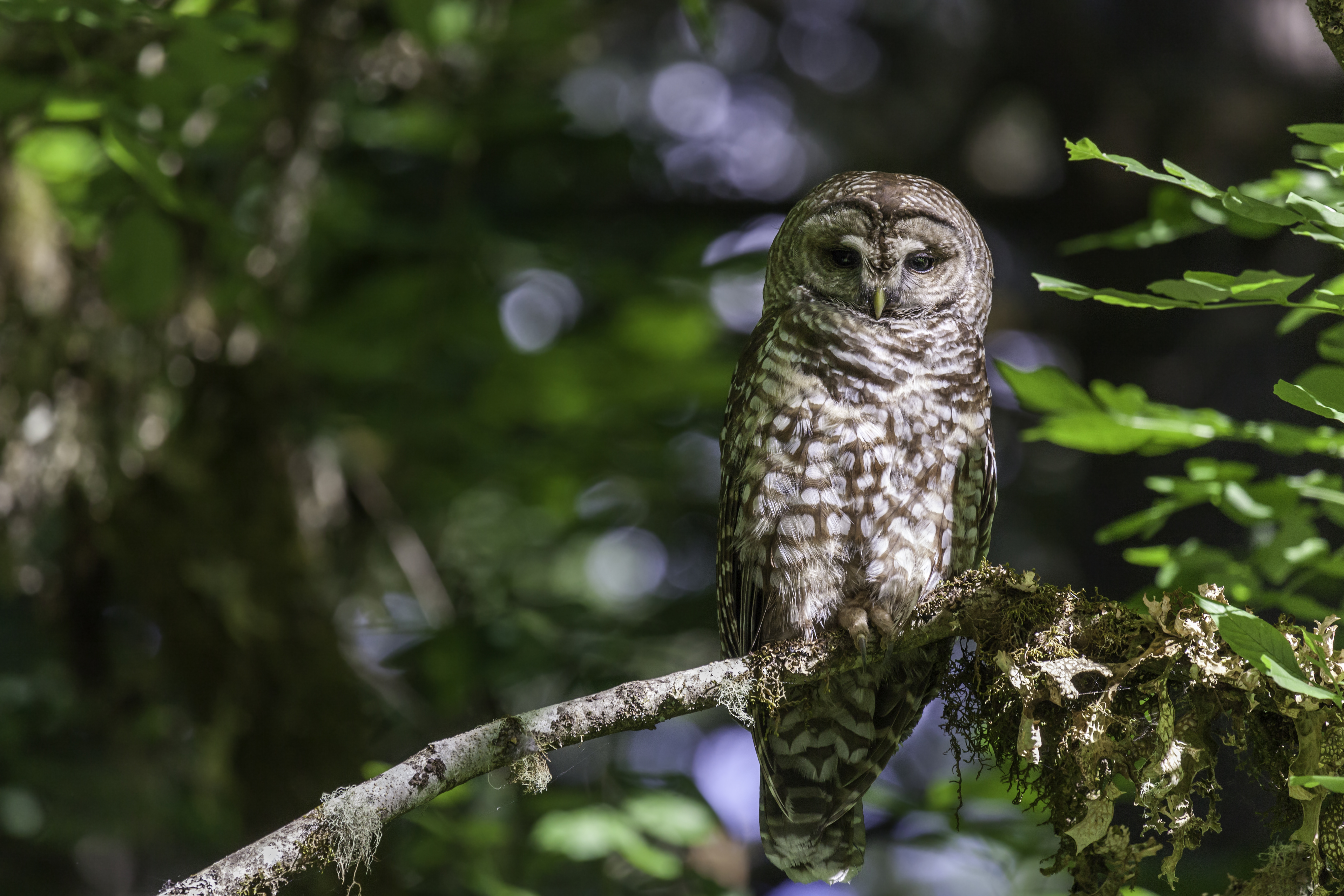Imagine for a moment that you're snorkelling in the Red Sea, wading near the Great Barrier Reef, or swimming in circles around an underwater volcano and then you see a coral reef swarming with life — a community of corals, a bale of sea turtles, a school of fish, a herd of seahorses!
What if that coral reef was artificial?
What if it was made out of rebar?
Artificial coral reefs are one of many nature-based climate solutions that scientists are researching, says Christine Leclerc, a Masters student at Simon Fraser University’s (SFU) Climate Research Lab.
Human-made structure
Artificial reefs are created by repurposing old objects like oil rigs, PVC or concrete and even shipwrecks!
Marine life
Algae, barnacles, corals, and invertebrates like oysters attach to these hard underwater surfaces to create a bustling ecosystem.
Fish
These structures then work to serve as both a home and a source of food for various species of fish.
As climate change intensifies, more people are turning to nature-based solutions.
They’re planting trees, restoring shorelines, preserving and enhancing saltwater marshes, along with other carbon-rich ecosystems like old-growth forests, wetlands, and kelp beds.
“We have to value nature more,” Nancy Olewiler, a professor at SFU and co-chair of the BC Climate Solutions Council says, noting that it plays a significant part in climate adaptation and should be “included in our decision-making.”
Nature-based solutions are “feel-good” and they do good, says Andrew Weaver, a professor in the School of Earth and Ocean Sciences at the University of Victoria, but they cannot be our only protection in the face of climate change.
“They make a difference, but they're not a long-term solution,” he cautions, emphasizing that reducing fossil fuel use, decarbonizing our energy systems, and transitioning to electrification also play a role.
“They're not a silver bullet,” Christine adds. “We can't just do nature-based solutions and have everything solved, but they're really good in the sense that they enhance biodiversity and can help mitigate against other climate impacts.”
She calls this a “co-benefit.”
Wetlands, for example, reduce wave action and absorb storm runoff, preventing flooding in vulnerable communities. They’re also a habitat for animals like birds, frogs and turtles, as well as some at-risk species — a co-benefit.
In Vancouver, tree-planting is key to climate adaptation, and so is maintaining our old-growth forests. A co-benefit of this, Christine and Professor Olewiler both share, is that trees don’t only absorb carbon dioxide, they also provide us with shade, keep us cool, and improve air quality.
Growing tree canopy — especially in areas like the Downtown Eastside which are lacking in vegetation and canopy cover — helps build resilience against the urban heat island effect. Urban heat island effectCities and urban areas like Vancouver often trap a lot of heat because of their paved surfaces and tightly packed buildings. This is called the urban heat island effect.Learn More And like wetlands, trees and old-growth forests are a flood mitigation tool and a wildlife habitat.
Old-growth forests house unique and endangered species such as caribou and spotted owls — of which there is only one left in British Columbia. She dwells in solitude within the ancestral lands of the Spô’zêm First Nation. A larger population exists in the United States, but is also threatened there.


